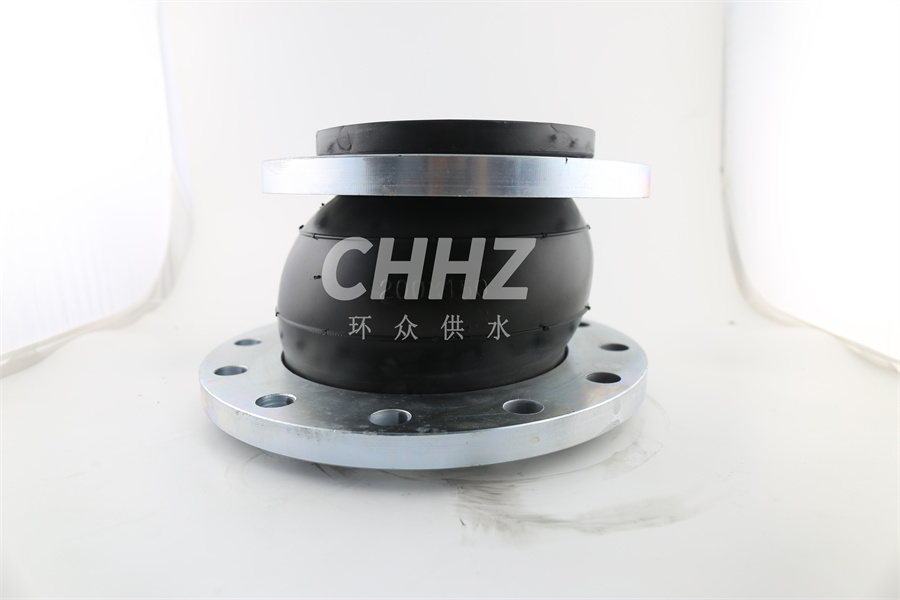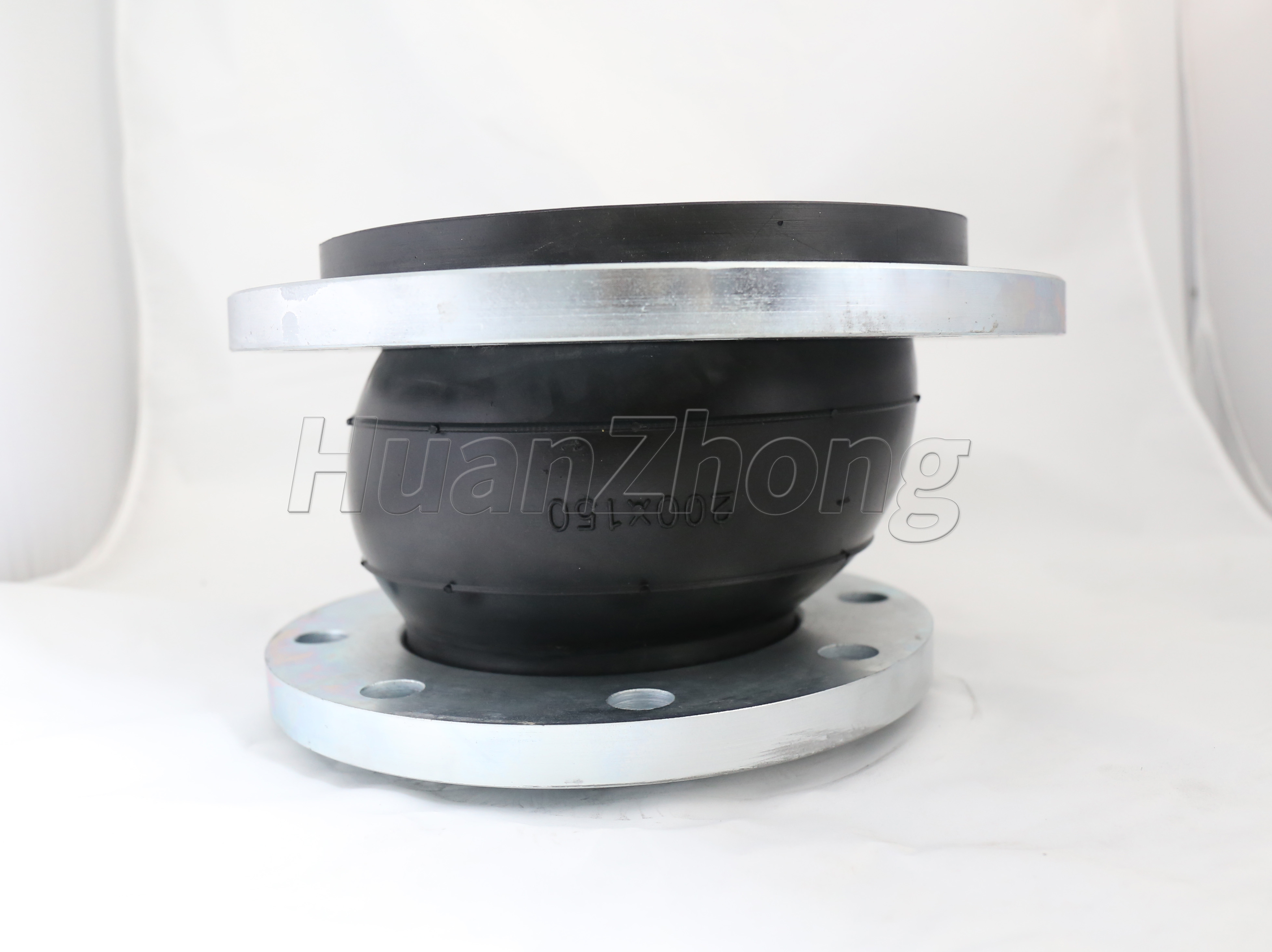What are the differences between eccentric reducer rubber expansion joints and concentric reducer ru
Eccentric rubber joints are mainly divided into two types: concentric and eccentric rubber joints, which are composed of inner rubber layer, fabric reinforced layer, middle rubber layer, outer rubber layer, end reinforced metal ring or steel wire ring, metal flange or parallel movable joint.
Eccentric rubber joints are mainly used in pipelines with different diameters or need to be connected to reducers, with a larger pressure of 1.6MPa, with good elasticity, large displacement, lower common vibration noise of the pipeline unit, easy installation and other characteristics, compensation pipeline displacement, good to make up for the industry's large reducer pipeline connection gap. The differences and applications of eccentric reducer rubber joint and concentric reducer rubber joint;
Reducing rubber joints can deal with the problem of different calibers when connecting metal pipes, and in addition have the effect of shock absorption and noise reduction, which can save pipeline installation parts and save costs, and have the characteristics of high pressure resistance, good elasticity, large displacement, balance pipeline deviation, absorb vibration, reduce noise with good effect and easy installation. Reducing rubber joints can be commonly used in water supply and drainage, circulating water, HVAC, fire fighting, paper making, pharmaceutical, petrochemical, ship, pump, compressor, fan and other piping systems. The common type is used to transport air, compressed air, water, seawater, oil, acid, alkali, etc. from -15℃ to 120℃. Special type is used for transporting media or oil, concentrated acid and alkali, solid materials above -30℃~250℃.
The eccentric reducer rubber joint is used for anti-cavitation, mainly for pump import can replace the traditional type of cast iron eccentric cone pipe, pump import size head should generally be installed flat top, it is to prevent the accumulation of gas phase in the pipeline in the pump mouth, resulting in large bubbles into the pump cavity, damaging the pump.

